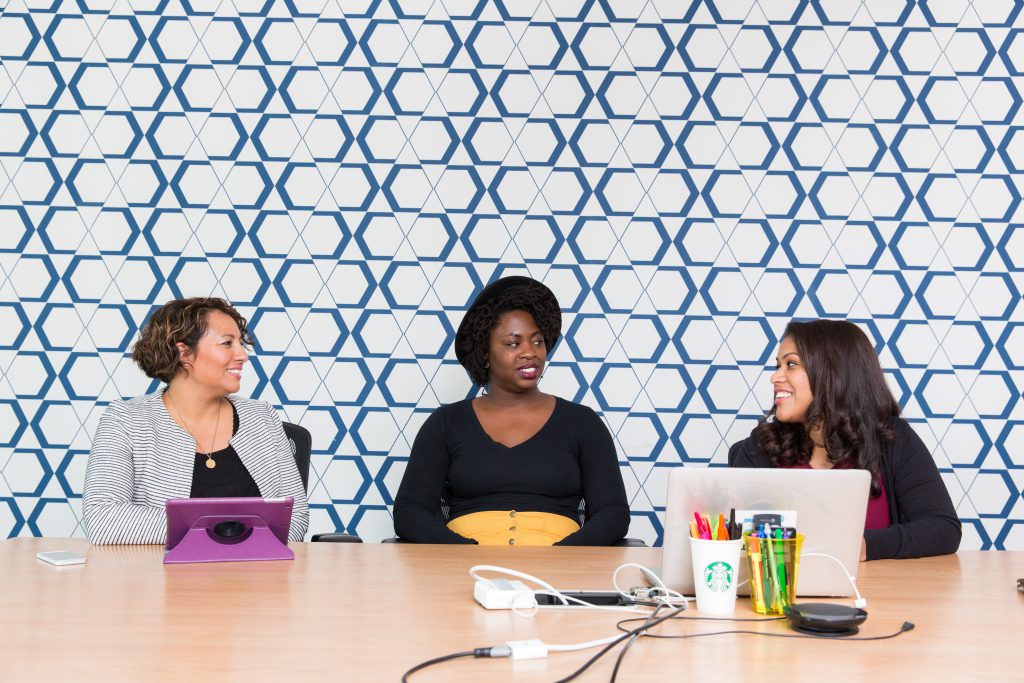This story was originally published in the article for the Open Source Observatory (OSOR), a European Commission’s project aiming at providing trustworthy FOSS expertise and information. OFE is a regular contributor to the Observatory.
Study after study has proven that women are underrepresented in virtually all sectors of ICT. Women make up a quarter of all persons working in the tech industry, according to PwC’s Women in Tech report (2017). But the gender balance in open source communities is even more disbalanced.
All surveys and research on open source contributors show that the percentage of women is far lower than men. In the most recent survey of the Linux Foundation, less than 7% of respondents were women, similarly in the yet unpublished study on the impact of open source for the European Commission; women represent around 5% of contributors to the Apache Software Foundation, 9% of the Linux kernel and 10% of OpenStack contributors; only around 9% of Github users. In a 2006 research report, it was found that only 1,5% of OSS contributors were women, compared to 28% in proprietary software.
Open source is ubiquitous and all developers use it at some point, so it is crucial to improve its accessibility to women for a more equal and innovative digital economy. As in any other field, there are several benefits of diversity for the projects, companies and organisations working on them, such as responding to the needs of more users, a healthier work environment and increased innovativeness.

Women make up less than 10% of Open Source contributors.
Many reasons contribute to the lack of women in open source, influencing women in all parts of the ecosystem. Women tend to have increased caring responsibilities, which often limit the time they can spend on other paid and unpaid activities, including getting involved in open source communities. This is especially difficult and detrimental at the beginning of their careers as open source contributions from junior developers are often unpaid and on a voluntary basis. Such early involvement helps to develop necessary skills needed to fully participate in open source, provides networking possibilities, allows building one’s profile in the community and learning official and unofficial rules.
Moreover, women more often than men gain their software development knowledge from formal training (paid courses, universities, online training and others) due to their need to separate specific time for education and upskilling. This leads to less experience in terms of months/years and smaller portfolios – several companies started to analyse the content of candidates’ Github profiles as a part of recruitment processes, which can have a negative impact on women who apply. In a developer’s job it is crucial to learn constantly and whenever needed due to fast-changing technologies and developments, but women are often stripped of this opportunity due to their responsibilities outside of a job.
However, most (up to 75%) of open source developers contribute during their daily, paid job, so in theory it should be possible for female developers to contribute to these projects. In practice, many women leave or don’t start contributing to projects due to reported cases of discrimination, abusive and sexist language and actions in open source communities on various levels. It is not an issue exclusive to the open source ecosystem, but it is strengthened by a male-dominated, meritocratic culture and a lack of female role models and networks.
There are also several differences between men and women in the way they contribute to open source projects and how often their pull requests are accepted. There is a proven bias toward unknown (‘outsiders’) female-sounding users compared to male-sounding users, however, overall women’s contributions tend to be accepted at a higher rate by 4.1%. It is most probably caused by generally higher competencies and education levels of women who contribute to open source projects, as can be observed in most male-dominated fields. This conclusion is in accordance with the aforementioned higher barrier of entry for women in open source – it is difficult for women, especially inexperienced, to join; in order to do so, they often have to present or develop higher expertise than their male peers.
When analysing and deriving conclusions from research on developers’ motivations, paths of growth, ensuring sustainability and security of open source components, it is worth remembering that such research is usually based on data that underrepresents women and genders other than men, and often do not account for their experiences and do not showcase the full extent of the open source landscape. Individuals’ motivations to contribute, workplace situation, goals of a given project and its governance, caring responsibilities and many other factors all contribute to the diversity of experiences and engagement level.
There are a number of approaches that are being employed to tackle these imbalances: Issuing and ensuring implementation of codes of conduct, promoting women to leadership positions, providing mentoring, and improving the tools that showcase gender bias. According to some researchers, setting gender quotas in projects might lead to women taking over the more feminine stereotyped parts of work in open source, such as producing documentation, engaging communities, etc. On the other hand, some surveys show that women tend to enjoy such activities more.
Many initiatives try to challenge the status quo, bring more women to open source and recognise the challenges they have to overcome. For example, when Richard Stallman (the founder of the Free Software movement) rejoined the board of the Free Software Foundation in 2021, many voices were raised to condemn the decision based on misogynistic actions, including its sister organisation the Free Software Foundation Europe. Several open source projects started initiatives aimed at promoting women’s participation: the largest GNU/Linux distribution Debian has created the Debian Woman project; GNOME, KDE and Mozilla initiated similar projects.
Increasing gender equality and more diversity of open source communities is beneficial for both the communities and projects they create, thus it is crucial to be addressed whenever setting up a new initiative or joining, promoting and developing already existing ones.